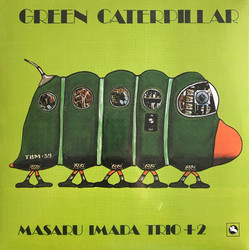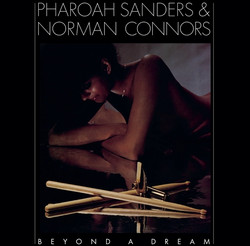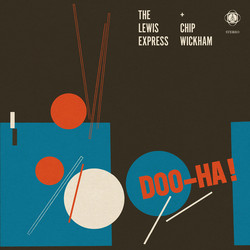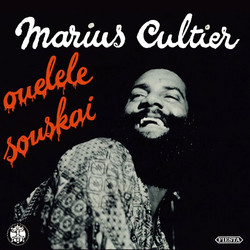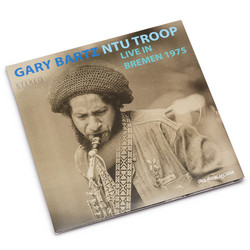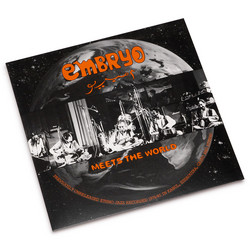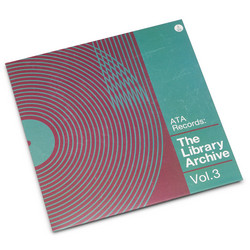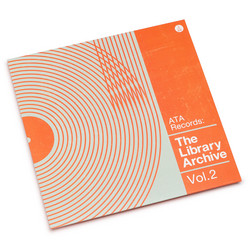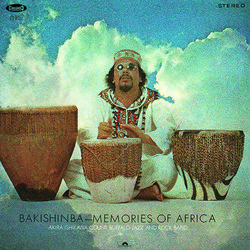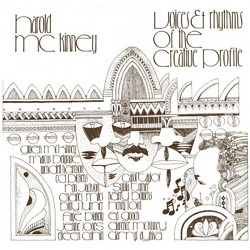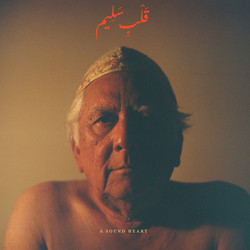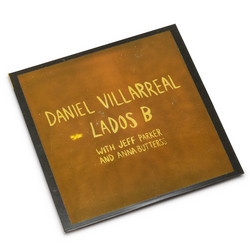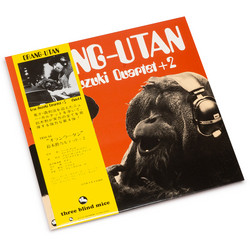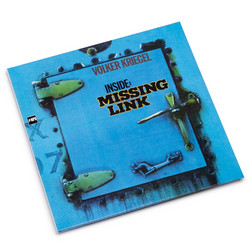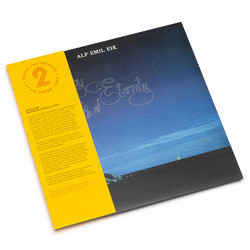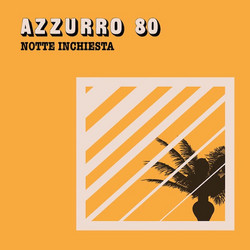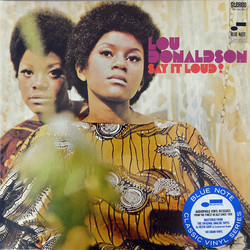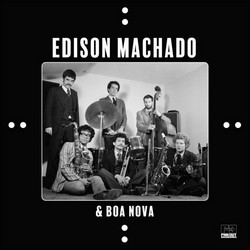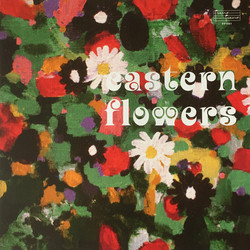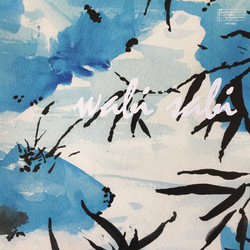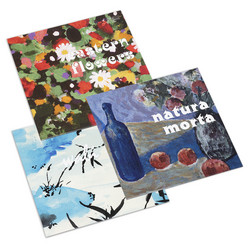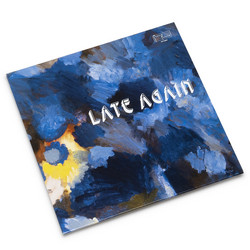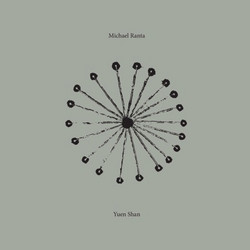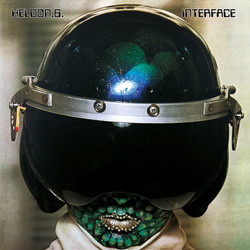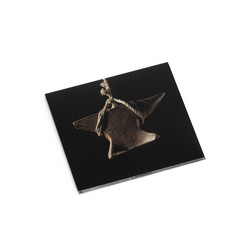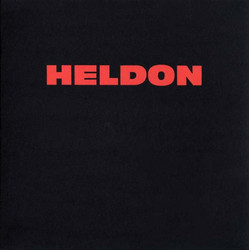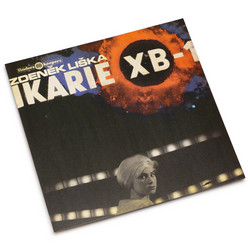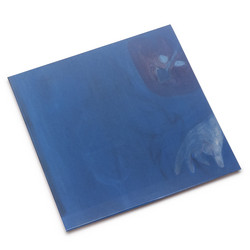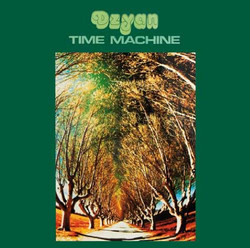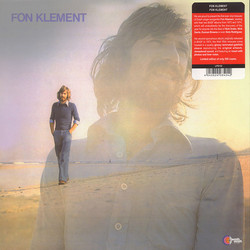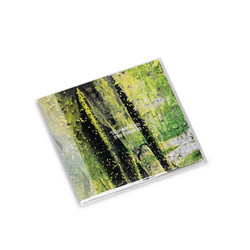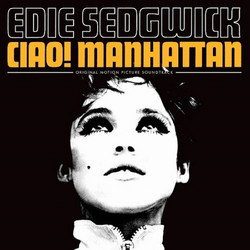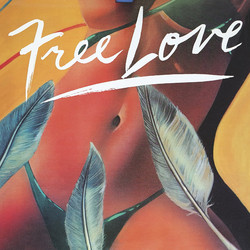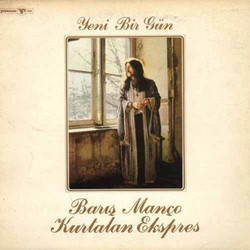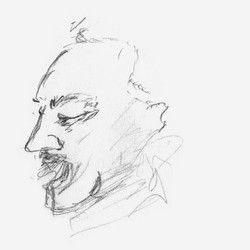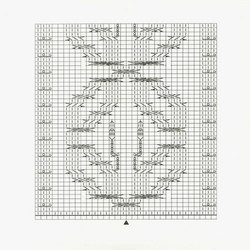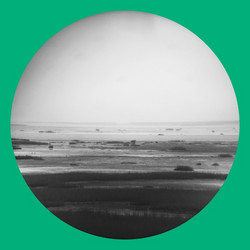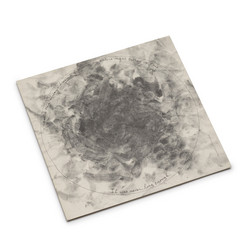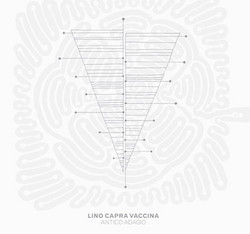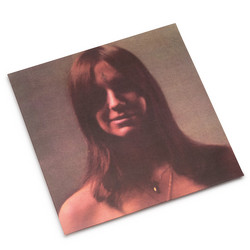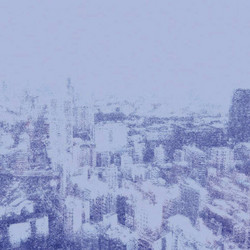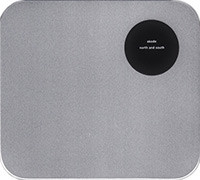On Natura Morta, Sven Wunder delevers eleven compositions employing violins, violas, cellos, flute, piano, electric piano, cembalo, twelve-string guitar, electric guitar, trumpet, flugelhorn, tenor horn, marimba, electric bass, drums and percussion to create an otherworldly 21st centrury exotica influenced theme music.
This album will bode well with fans of Stereolab, Martin Denny, and the classic 1960s soundtracks of Piero Piccioni and Enio Morricone.
In many ways Natura Morta could be an homage to the great era of cinematic and library music of the 60's brought into a new centrury, as much as it honours ancient classical idioms, meeting with groove and beats that could have been from the goleden age of Bond soundtracks, Serge Gainsborg, Disney soundstages, string-backed groovey funk etc. Or call it incredibly fun, dinner party music, or imaginary soundtracks with a twist to 70s films that were never made, just for your imagination.
"Throughout human history, we have depicted the world we live in through art. By reworking what we see in the world, the simplest things have helped us understand the beauty of nature and to evaluate the material world that we have created around us, as a window to a constantly changing reality, through our own perceptiton. It is that absolute reality that appears in the seam of human and nature and that can be revealed through art. Still life painting, also referred to as natura morta (”dead nature”) in Italian, stretches back to ancient times. Some of the earliest works, found in Pompeii, depict commonplace objects such as fresh autumn fruits alongside man-made objects such as a small amphora and a small terracotta heap with dried fruits. These two thousand year old paintings give a snapshot of Roman life, and also creates a link to time and space. A slice of life has been created by binding the earth’s pigments with extracts of oil, made from nuts and seeds, painted with brushes, made from a variety of fibers, such as trees and hair from animals. While life wanes with each brush stroke, by shifting reality into past, art exists to make us come alive, being a living image of a dead thing, a surface and a symbol with symbolic powers of its own. Still life works celebrate material and ephemeral pleasures by returning to nature as the ultimate source for our standards in art as well as in life itself.
Natura Morta collects pieces from a continuous variety of melodies — supported by a decisive rhythm section — creating a musical kaleidoscope of ever-changing colors. Sven Wunder brings life into this rich assortment of musical implications by fusing and combining melodic instruments with each other in a setting that spans from a classical to a modern idiom.
The author evokes this panoramic portrait by articulating an instrumental dialog between a chamber orchestra and a jazz ensemble. The result is a musical celebration of material pleasures that also serves as a reminder of the brevity of human life.
This album was produced with financial support from the Swedish Arts Council.


